[Gemini VII] First photograph taken by humans of the Moon rising over the Earth horizon. James Lovell, 4–18 December 1965. Printed 1965. Vintage chromogenic print on fiber-based Kodak paper [NASA image NASA S-65–63872]. 20.3×25.4 cm (8×10 in), numbered “NASA S-65–63872” in red top margin, with “A Kodak Paper” watermarks on the verso, with a very small restored tear at the center left of bottom white margin (NASA Manned Spacecraft Center, Houston, Texas). Literature: LIFE, 7 January 1966, pp. 24–25; Moon, man’s greatest adventure, Thomas, pp. 118–119, The View from Space, Schick and Van Haaften, p.55; Exploring space with a camera, Cortright, p. 155. A major milestone of space photography. During their historic 14-day mission in space on board Gemini VII, Frank Borman and James Lovell were the first humans to bring back photographs of the Moon rising over the Earth as seen from space. Here, the full Moon is rising over the Indian Ocean. This fantastic Moonrise would only be surpassed by the extraordinary Earthrise Borman and Lovell would photograph three years later on Apollo 8. The shot was taken by Lovell with a 70mm handheld Hasselblad 500 C camera and its 80mm lens, using Kodak (SO217 medium) speed film. “Once the Apollo program was under way, it dawned on me that soon somebody was going to be taking a picture of the Earth from the Moon, so I took this picture of the Moon. When we got there on Apollo 8, we took the Earthrise photograph; they were like before-and-after pictures.” James Lovell (Schick and Van Haaften, p. 55). “The Moon varied greatly during the 2 weeks of flight. Jim [Lovell] took this picture of the full Moon as a symbol of our next goal in manned space flight, the lunar landing. I think it also dramatizes the difference between mere orbital flight and the future adventures that will take Man a quarter of a million miles into the ocean of space.” Frank Borman (Cortright, p. 155). “Here Borman and Lovell are looking at the full Moon they’d be taking close-ups of three years later.” Richard Underwood, NASA chief of photography (Schick and Van Haaften, p. 55). Condition Please notice: Additional illustrative material shown in connection with the photograph offered is not included in the lot. Small repaired tear at center left of bottom white margin, otherwise glossy print in excellent condition. Preview In Lyngby Auction Space, 15 November 2023 Category Photos ▸ Vintage photographs Selling 15 November at 6:15 pm Estimate 7,000–10,000 DKK
Condition
[Gemini VII] First photograph taken by humans of the Moon rising over the Earth horizon. James Lovell, 4–18 December 1965. Printed 1965. Vintage chromogenic print on fiber-based Kodak paper [NASA image NASA S-65–63872]. 20.3×25.4 cm (8×10 in), numbered “NASA S-65–63872” in red top margin, with “A Kodak Paper” watermarks on the verso, with a very small restored tear at the center left of bottom white margin (NASA Manned Spacecraft Center, Houston, Texas). Literature: LIFE, 7 January 1966, pp. 24–25; Moon, man’s greatest adventure, Thomas, pp. 118–119, The View from Space, Schick and Van Haaften, p.55; Exploring space with a camera, Cortright, p. 155. A major milestone of space photography. During their historic 14-day mission in space on board Gemini VII, Frank Borman and James Lovell were the first humans to bring back photographs of the Moon rising over the Earth as seen from space. Here, the full Moon is rising over the Indian Ocean. This fantastic Moonrise would only be surpassed by the extraordinary Earthrise Borman and Lovell would photograph three years later on Apollo 8. The shot was taken by Lovell with a 70mm handheld Hasselblad 500 C camera and its 80mm lens, using Kodak (SO217 medium) speed film. “Once the Apollo program was under way, it dawned on me that soon somebody was going to be taking a picture of the Earth from the Moon, so I took this picture of the Moon. When we got there on Apollo 8, we took the Earthrise photograph; they were like before-and-after pictures.” James Lovell (Schick and Van Haaften, p. 55). “The Moon varied greatly during the 2 weeks of flight. Jim [Lovell] took this picture of the full Moon as a symbol of our next goal in manned space flight, the lunar landing. I think it also dramatizes the difference between mere orbital flight and the future adventures that will take Man a quarter of a million miles into the ocean of space.” Frank Borman (Cortright, p. 155). “Here Borman and Lovell are looking at the full Moon they’d be taking close-ups of three years later.” Richard Underwood, NASA chief of photography (Schick and Van Haaften, p. 55). Condition Please notice: Additional illustrative material shown in connection with the photograph offered is not included in the lot. Small repaired tear at center left of bottom white margin, otherwise glossy print in excellent condition. Preview In Lyngby Auction Space, 15 November 2023 Category Photos ▸ Vintage photographs Selling 15 November at 6:15 pm Estimate 7,000–10,000 DKK
Condition
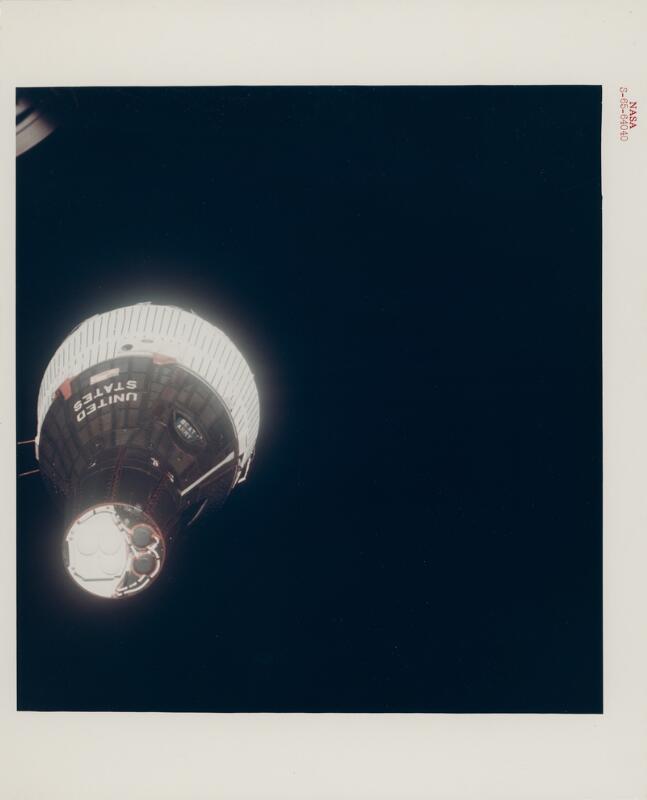
.jpg)
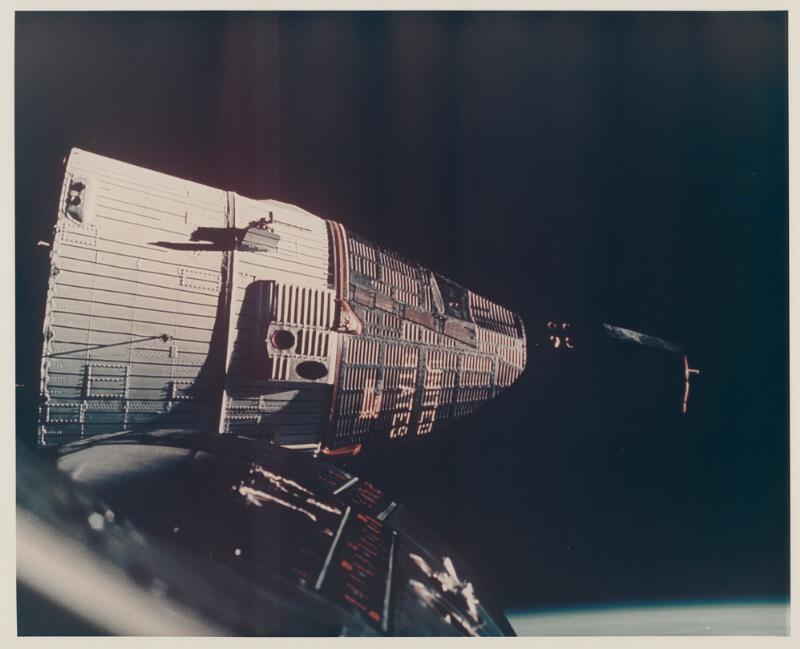
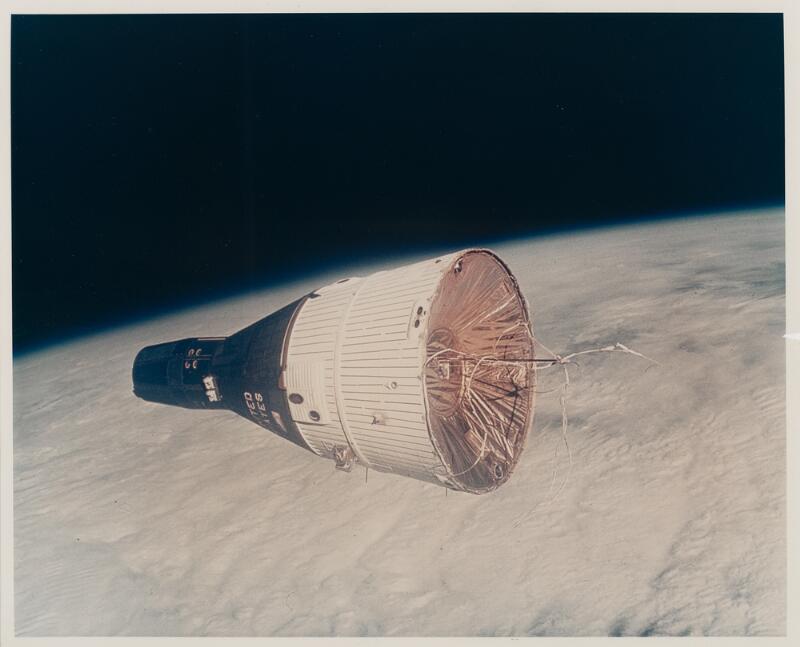
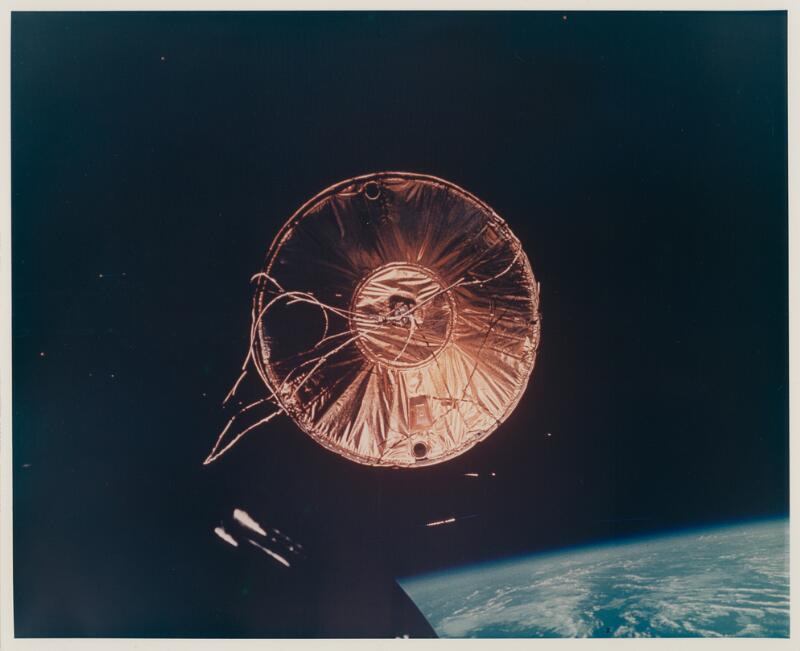
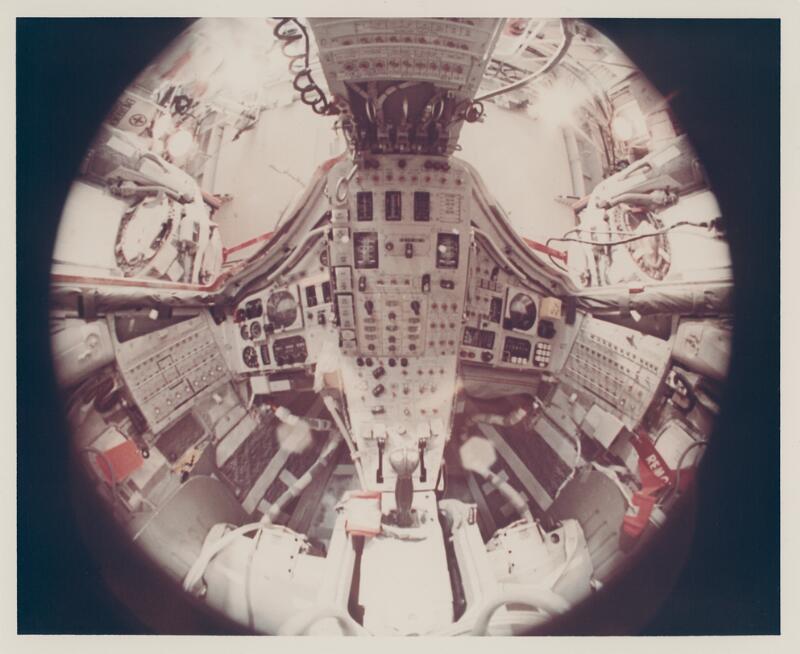
.jpg)

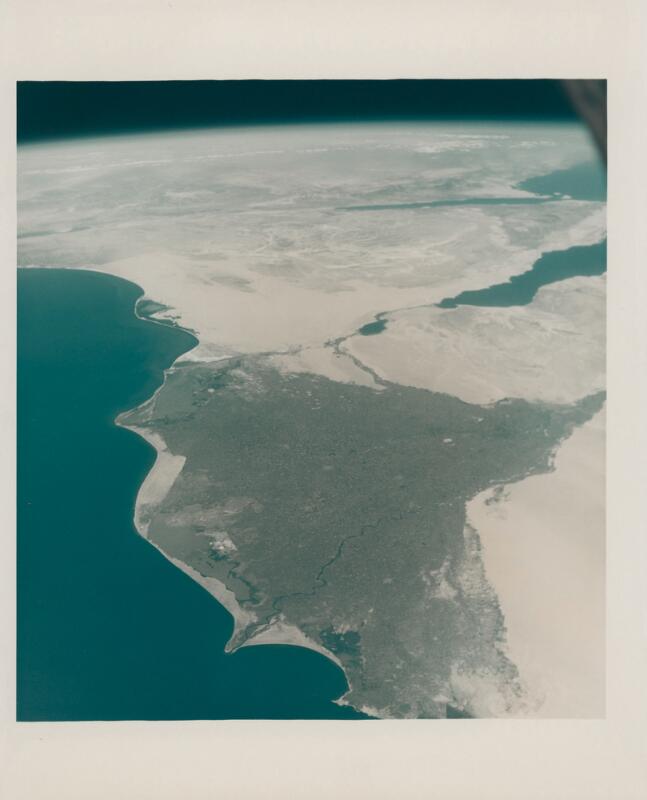
.jpg)
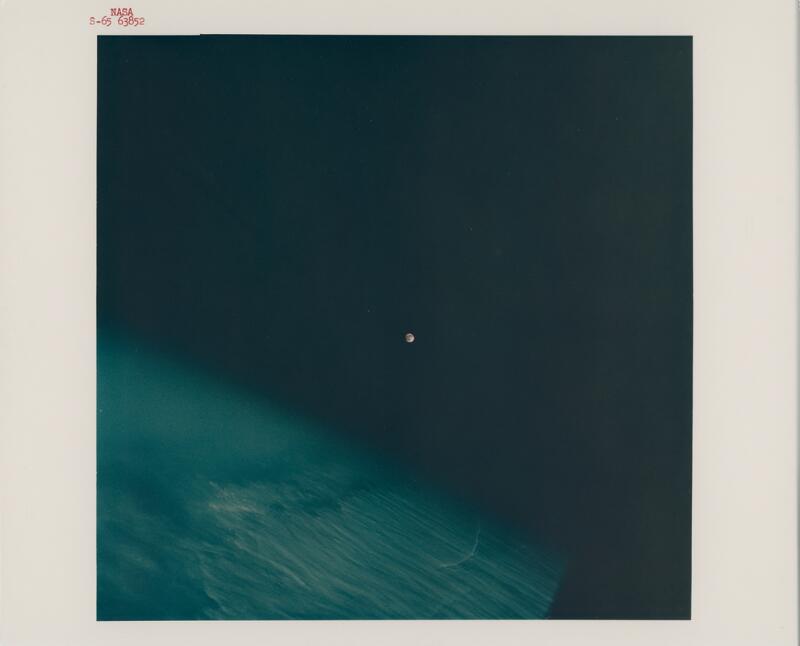
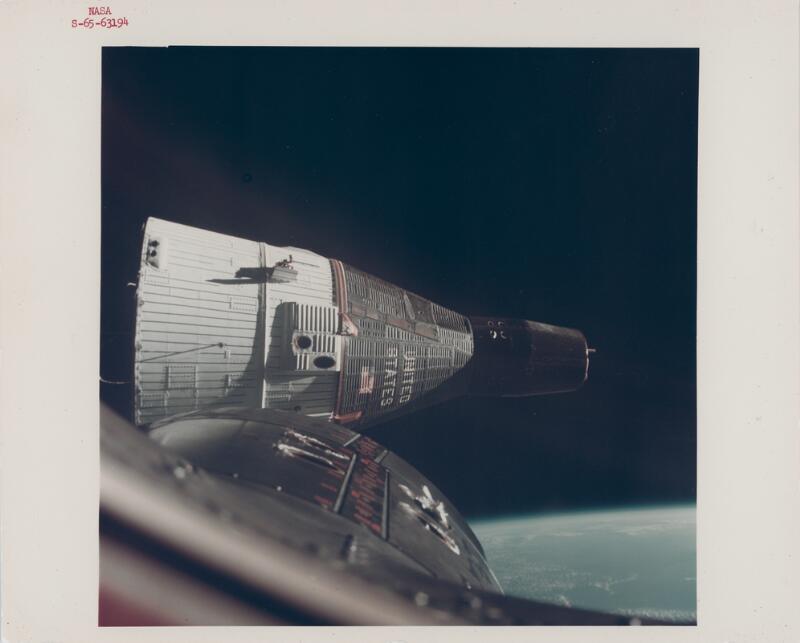


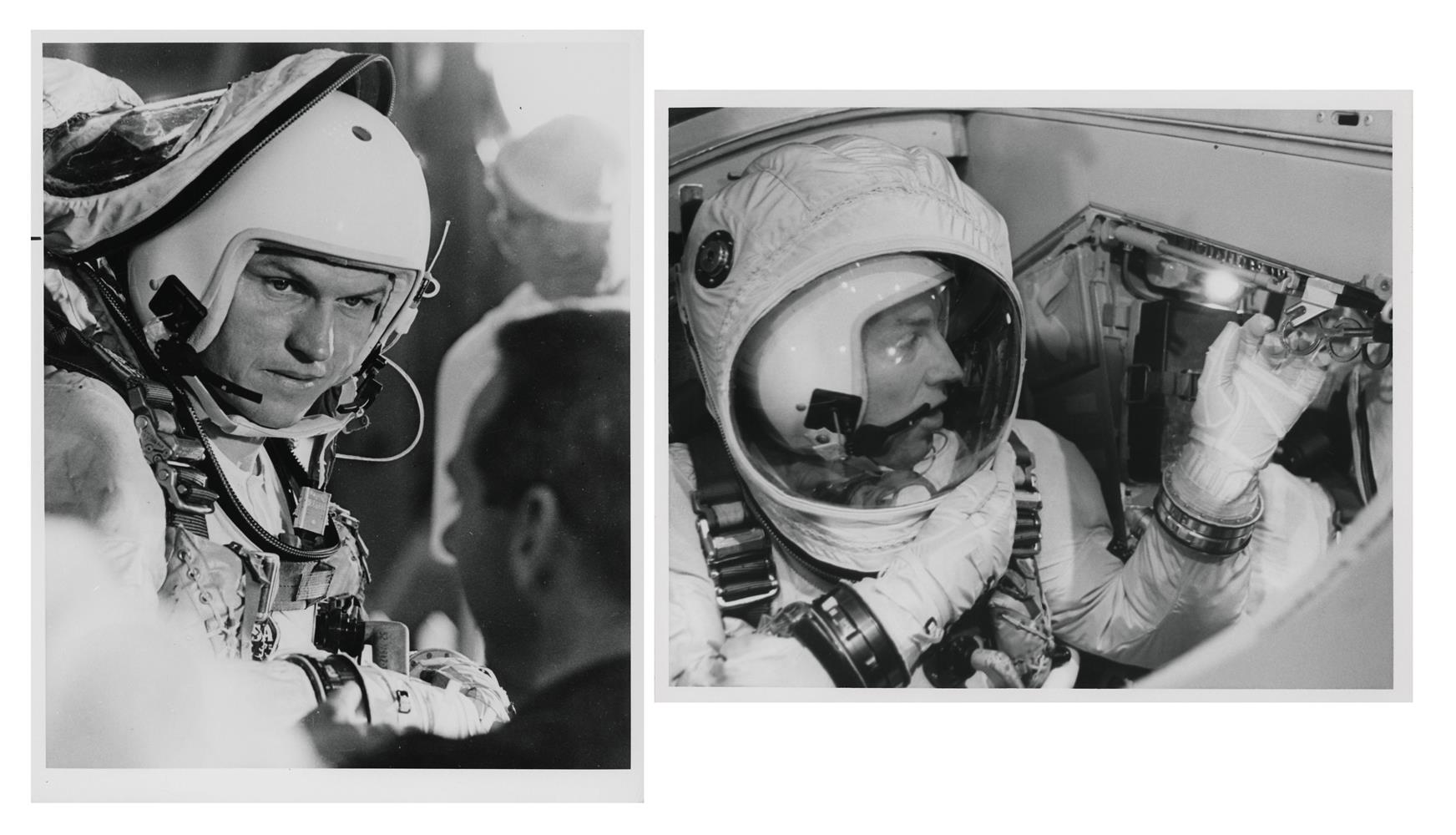
Try LotSearch and its premium features for 7 days - without any costs!
Be notified automatically about new items in upcoming auctions.
Create an alert